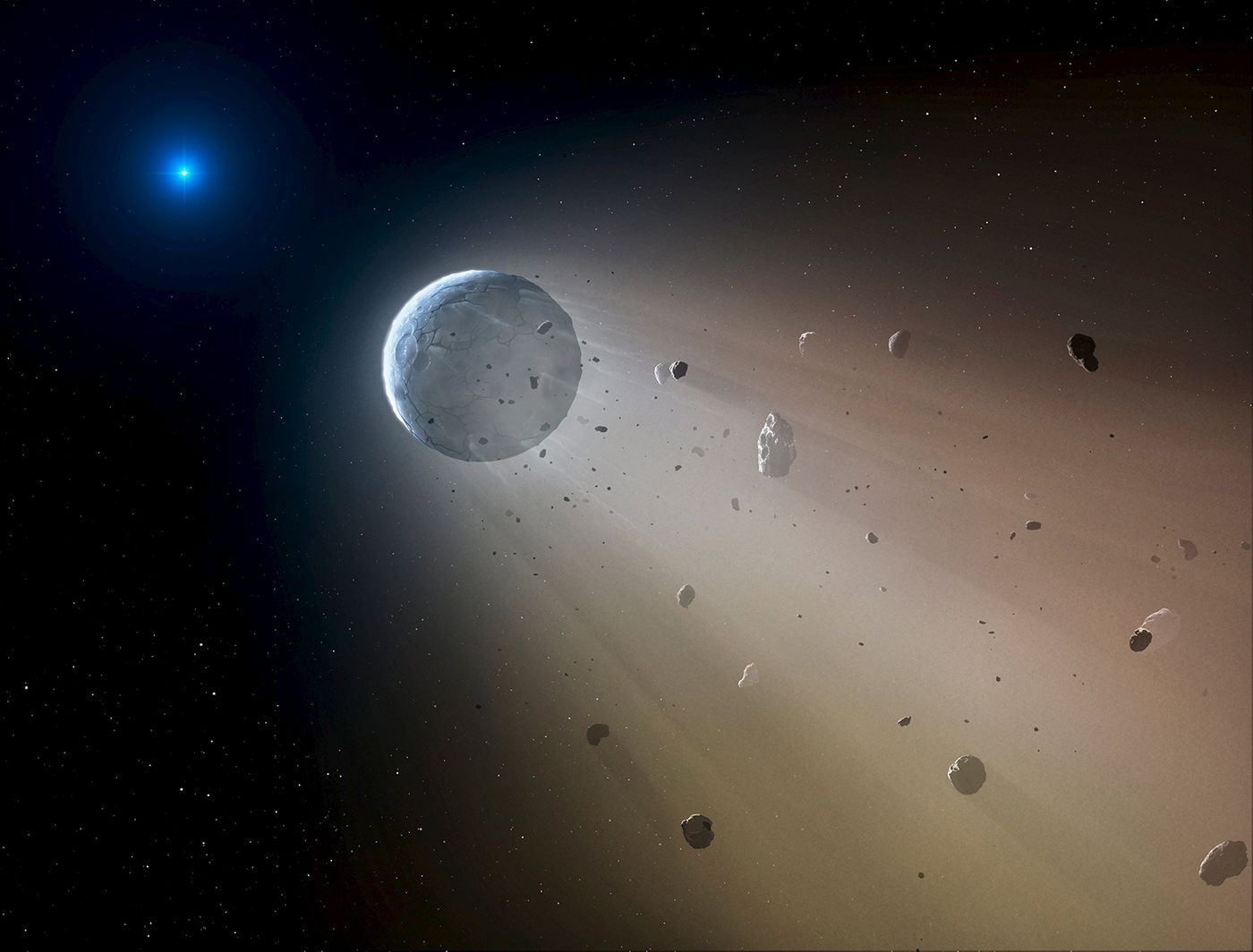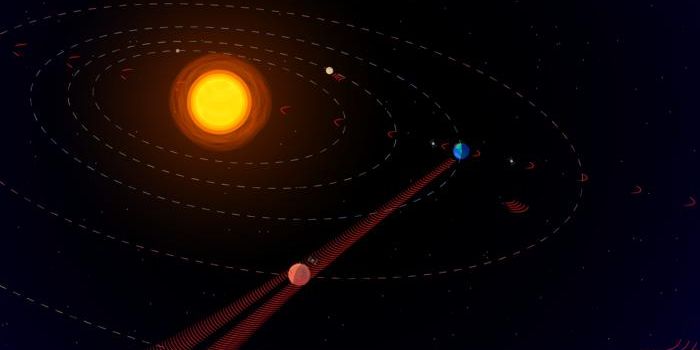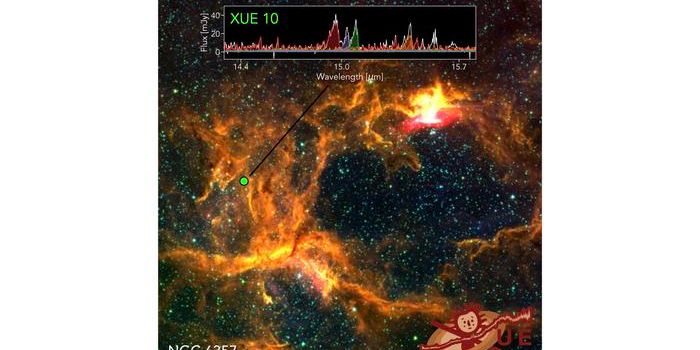Asteroids Destroyed Further Away from the Sun Than Originally Thought
Asteroids, which are typically found between Mars and Jupiter in the asteroid belt of our solar system, can sometimes become nudged out of their typical orbit because of the gravitational forces at work throughout our solar system.
At times, some of these space rocks and other Near Earth Objects (NEOs) strike the Earth, but usually they will miss the Earth and head in another direction or hit another object in space instead. For the ones that do come our way, our atmosphere does a pretty good job of keeping the smaller space rocks at bay.
But how about the space rocks that head towards the Sun? Are they destroyed on impact, or much sooner?

We’ve known for a long time that the intense heat of the Sun has the power to essentially vaporize objects that get too close to it, but new research suggests that could actually be destroyed from the intense heat when they’re much further away from the Sun than originally thought.
Published in the journal Nature, researchers went on with a project to create a model of NEOs in our solar system. Interestingly, the amount of NEOs found in space was less than the amount of NEOs predicted to be found, which means they were going somewhere.
The models depicted some of the NEOs being relatively close to the Sun – within 10 solar distances – and many of these were now nonexistent, suggesting that NEOs that spend too much time this close to the Sun are subject to the extreme temperatures and will eventually succumb to it.
Also found in the research was that darker asteroids would be more easily destroyed than lighter ones, suggesting that the composition of the asteroid has a lot to do with how much endurance it will have against the Sun’s intense heat.
The findings help reveal more information about asteroids that could make modeling their existence and studying those around us more accurate in the future.
Source: Nature








